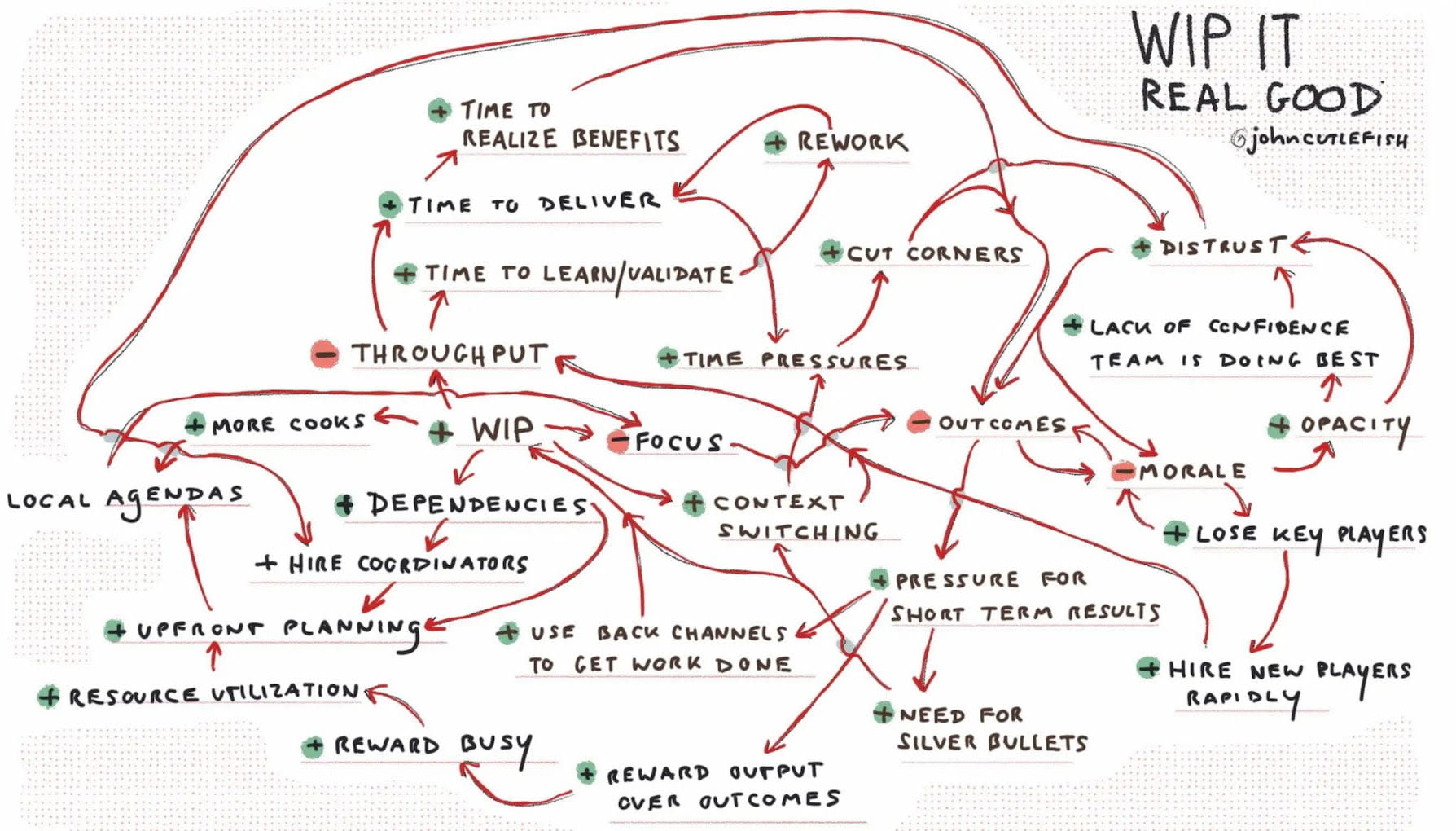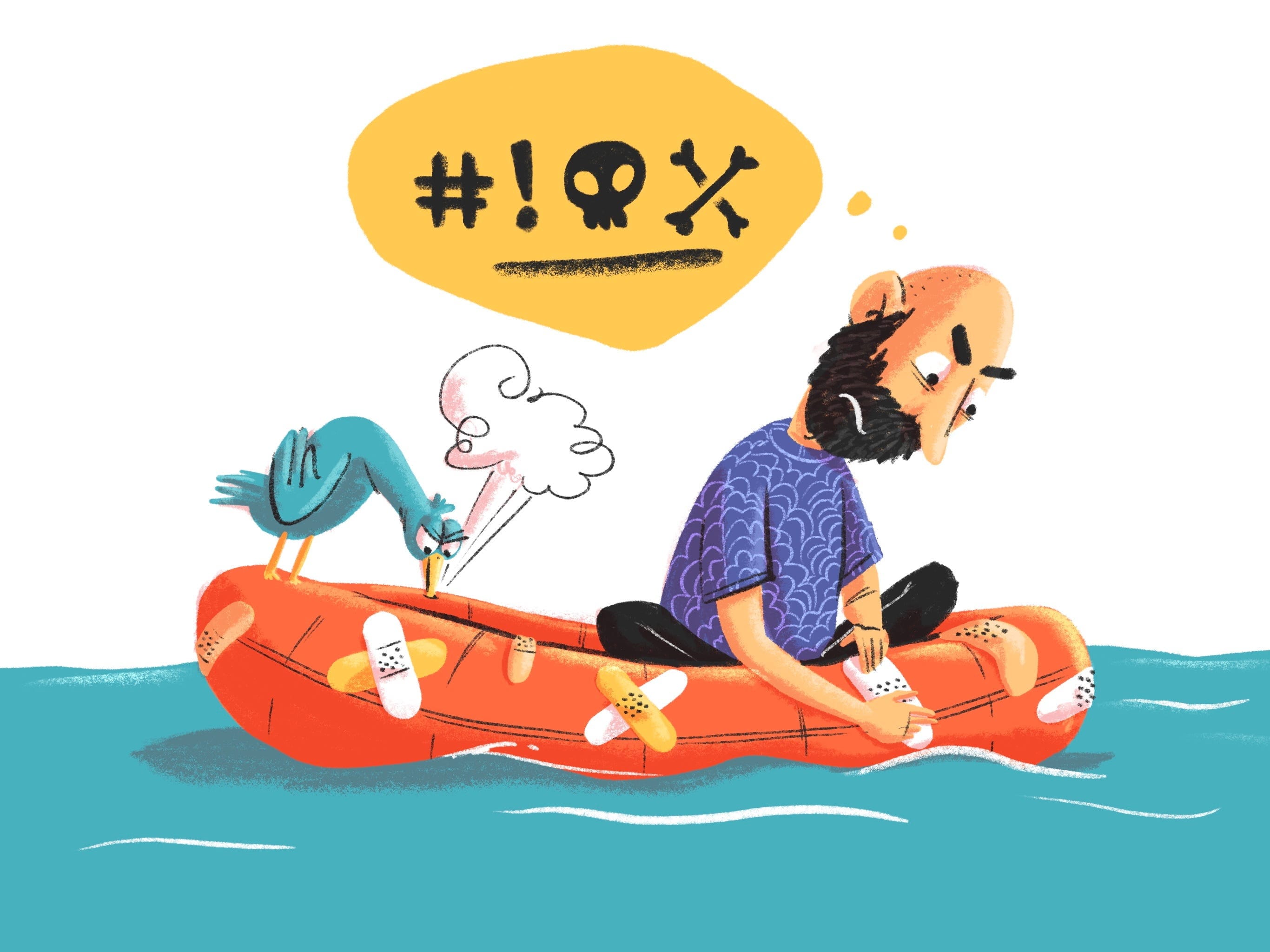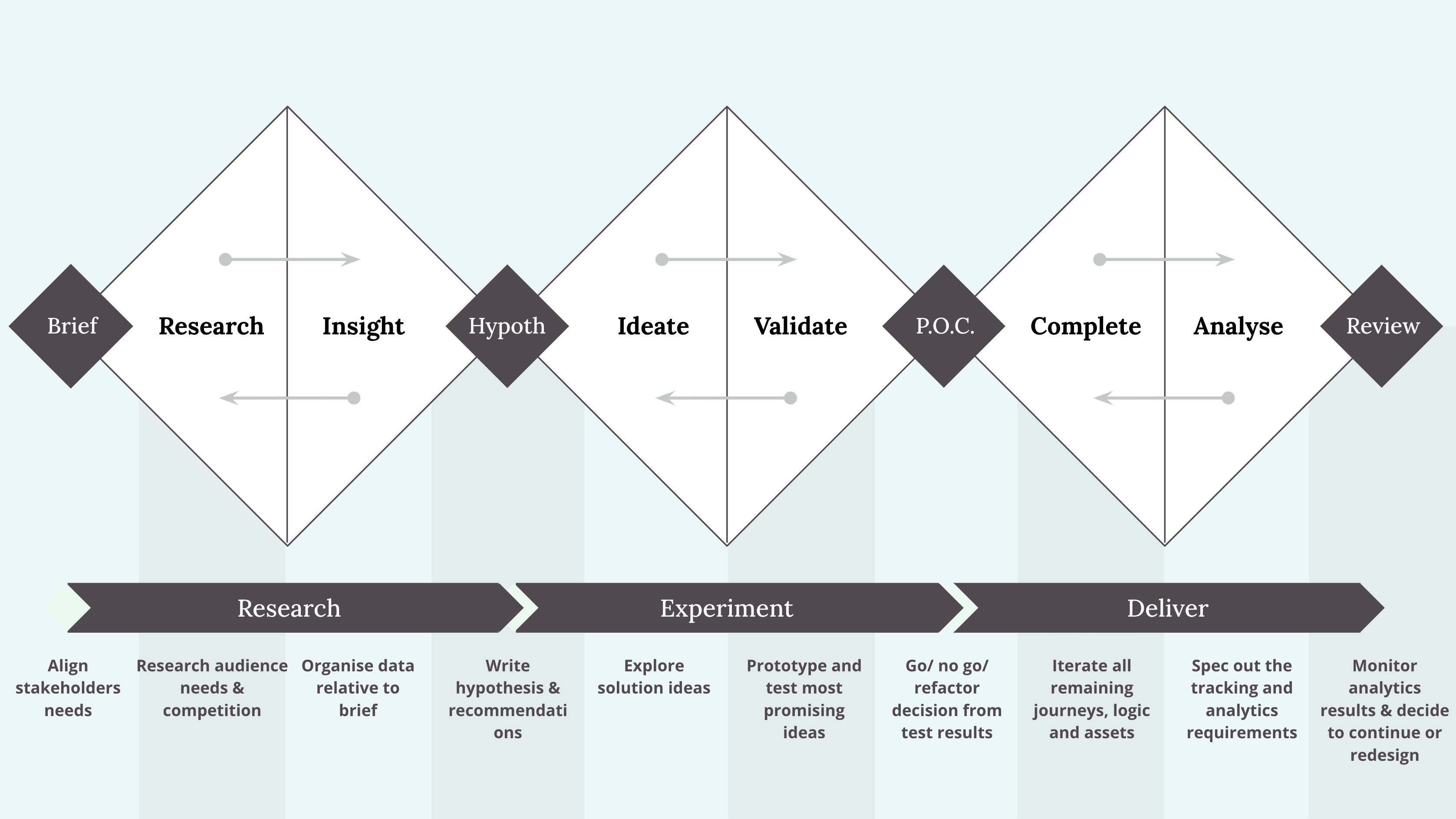Five Tips To Boost UX Maturity In Your Company
Are you struggling to make a strong case for the impact of your UX work? Do your design initiatives clash against the company culture Here are a few actionable tips to get a better standing and boost UX maturity.
Do your design initiatives clash against the company culture? Do you struggle to boost the role of UX in your organization? If you also struggle to convince your colleagues or stakeholders about the impact of UX, the action points below might help.
We’ll also dive into the ins and outs of design KPIs, design impact, design metrics and getting a buy-in in our upcoming live UX training (2× a year), with a well-deserved UX certification!
1. Study Org Charts and Understand Your PMs #
Org charts are very underrated, and extremely useful. They indicate relationships that we, as designers, need to be aware of when making design decisions. Design efforts have tremendous impact, but often they aren’t obvious to the entire organization. A part of our job is to make that impact visible.

An org chart is always a good starting point to understand relationships in the company and explore business goals of each department. (Image source)
When I look at an org chart, I see people who have plenty of priorities, commitments, goals and KPIs — and design is usually not one of them. Meticulously study what your stakeholders care about. Understand your PM. Explain design decisions through the lens of what they care about, and what will help them succeed.
2. Connect Business KPIs and Design KPIs #
Often design has a very good ROI. Developing new features is remarkably expensive, but addressing user’s pain points can be relatively quick and inexpensive — once we’ve learned through UX research what users’ pain points are, of course. Not many companies fully understand it.

An example of a design KPI tree that connects business goals and design activities while addressing user needs. (Large preview)
To argue about the impact of design work, we need to measure the impact of design on business KPIs. A good way of doing that is to establish and get a sign-off on a design KPI tree. The tree documents connections between business goals and design work. For design efforts to be successful, they must be seen as enablers for these business objectives.
3. Create Weekly Overlaps Between Designers and Developers #
Too often designers and developers work in silos; they communicate ad-hoc and mostly during hand-offs. We run weekly “show-and-tell” meetings (20 mins) for dev/design teams to screen share what they are working on, ask for feedback, gather and document insights.

Objectives often change, processes are ad-hoc and design lives somewhere in-between. By John Cutler.
4. Establish Exposure Hours With Users #
Many organization struggle with a product gap: the people who evolve the product often miss the connection with the customers, their pain points and their needs. To reduce that gap, we need to create overlaps between creators of the product and customers.
We try to announce usability tests ahead of time to all teams. Everyone can jump into a Zoom call to observe a test live. The insights are circulated in an internal newsletter, with video snippets and key takeaways. Ideally, 2h exposure every 6h weeks for everyone is a good aim to target for.
5. Reserve 20% For Quality Improvements #
Many teams endlessly run behind schedules. Their sprints are packed with tickets at 100% of their time and there isn't any time left to review their workflows. As a result, the product accumulates technical debt and design debt — and this doesn’t come for free.
Slowdowns are expensive. The industry approach is to reserve 80% for ongoing tasks, 20% for quality improvement and design/tech debt. Find an opportunity to run a workflow revision or a retrospective as a way to reduce "slacking" costs and improve efficiency. It also brings the notion of quality into conversations, which PMs typically aim for.
Wrapping Up #
Changes are slow in large companies, and introducing them is often an exercise of patience and stubborness. But once the wheel is moving, you might activate other wheels — and most importantly find people who care about your work across the organization.
With them on your side, next changes will be much easier to prompt and get a buy-in for. It’s difficult and time-consuming, but if you work in a good company with good people, it will be very much worth it.
Useful Resources #
-
Feature Prioritization Guide (free eBook), by Roadmunk,
-
Measuring UX Research Impact, by Karin den Bouwmeester,
-
Navigating The UX Team of One, by Jamie Ryan,
-
The UX Team of One: A Research and Design Survival Guide, by Leah Buley,
-
Articulating Design Decisions, by Tom Greever,
-
Building KPI Trees, by Shaun Russell.



